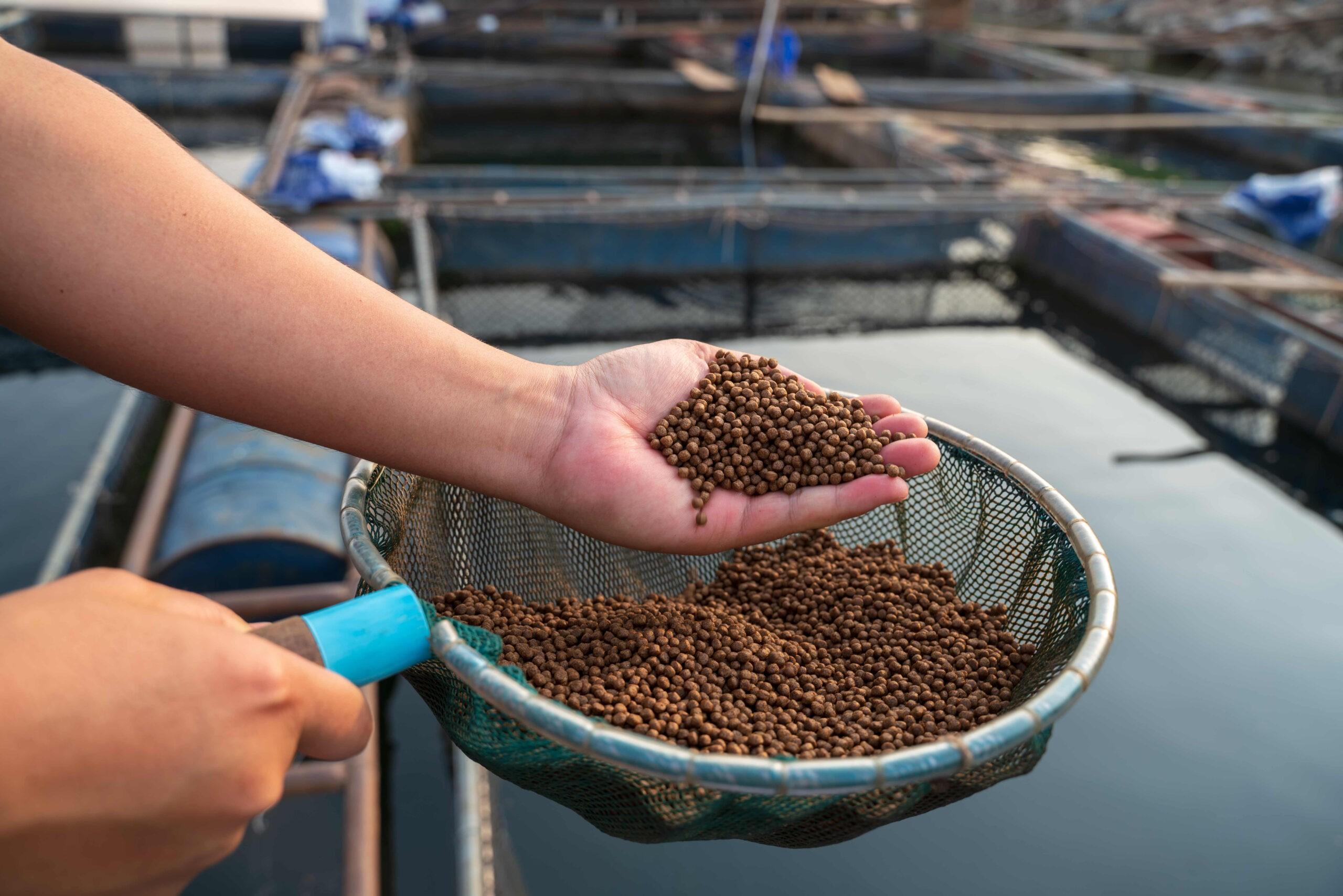Aquaculture Feed Market: The Shift Towards Integrated Multi-Trophic Aquaculture

The aquaculture industry is undergoing a transformative shift towards integrated multi-trophic aquaculture (IMTA), a sustainable approach that combines different species at various trophic levels in a single farming system. This innovative method not only enhances productivity and resource efficiency but also addresses environmental concerns associated with traditional aquaculture practices. This article explores the principles of IMTA, its benefits, and its implications for the aquaculture feed market.
Understanding Integrated Multi-Trophic Aquaculture (IMTA)
IMTA involves cultivating multiple species that occupy different ecological niches, allowing them to utilize waste products from one another effectively. Typically, this system includes:
- Primary Producers: Seaweeds and other aquatic plants that utilize nutrients from the water.
- Filter Feeders: Species like mussels and oysters that filter particulates from the water column, effectively cleaning the water and using organic waste as a food source.
- Carnivorous Fish: Higher trophic level species, such as salmon or tilapia, which feed on other fish or crustaceans.
This synergistic approach creates a balanced ecosystem, promoting sustainability and reducing the environmental impact of aquaculture.
Benefits of IMTA
1. Enhanced Resource Efficiency
One of the primary advantages of IMTA is improved resource utilization. By cultivating species that complement each other’s growth, producers can reduce the need for external feed inputs. For instance:
- Waste Recycling: Nutrients from fish waste can be absorbed by seaweeds and filter feeders, reducing the overall feed requirement for the carnivorous species.
- Reduced Feed Costs: As a result of utilizing the natural food sources within the system, the overall costs associated with feed production and purchase may decrease.
2. Environmental Sustainability
IMTA significantly minimizes the ecological footprint of aquaculture. Key environmental benefits include:
- Nutrient Management: The integrated system effectively recycles nutrients, reducing the risk of eutrophication in surrounding waters.
- Biodiversity Enhancement: IMTA promotes biodiversity by encouraging the cultivation of various species, which can lead to healthier ecosystems.
3. Improved Economic Viability
By diversifying production, IMTA can enhance the economic viability of aquaculture operations. Benefits include:
- Market Diversification: Farmers can sell a range of products, appealing to various market segments and reducing dependency on a single species.
- Resilience to Market Fluctuations: Diversified systems are better equipped to withstand market fluctuations and disease outbreaks, providing greater stability for producers.
Implications for the Aquaculture Feed Market
1. Shift in Feed Formulation
As IMTA gains traction, the demand for specialized feed formulations tailored to multi-trophic systems will grow. Key considerations include:
- Nutritional Profiles: Feed formulations will need to cater to the specific needs of each species within the IMTA system, ensuring optimal growth and health.
- Alternative Ingredients: Increased interest in using by-products from primary production (like seaweeds) may lead to innovations in feed ingredients, further enhancing sustainability.
2. Research and Development Focus
The shift towards IMTA emphasizes the need for increased research and development in aquaculture feed. Areas of focus may include:
- Nutrient Cycling: Understanding how nutrients flow through integrated systems will be crucial for optimizing feed formulations.
- Functional Feeds: The development of feeds that improve health and growth across multiple species will be essential for maximizing the benefits of IMTA.
3. Regulatory Frameworks and Support
For IMTA to thrive, supportive regulatory frameworks must be established. Policymakers should consider:
- Incentives for IMTA Adoption: Providing financial support or incentives for farms transitioning to integrated systems can encourage widespread adoption.
- Guidelines and Best Practices: Developing clear guidelines for implementing IMTA will help producers navigate the complexities of multi-trophic systems.
4. Education and Training
Education and training will be vital in facilitating the transition to IMTA. Key initiatives could include:
- Workshops and Training Programs: Providing aquaculture farmers with resources on best practices in IMTA can help ensure successful implementation.
- Collaboration with Research Institutions: Partnerships with universities and research organizations can foster innovation and knowledge transfer within the industry.
- Art
- Causes
- Crafts
- Dance
- Drinks
- Film
- Fitness
- Food
- Juegos
- Gardening
- Health
- Home
- Literature
- Music
- Networking
- Other
- Party
- Religion
- Shopping
- Sports
- Theater
- Wellness


